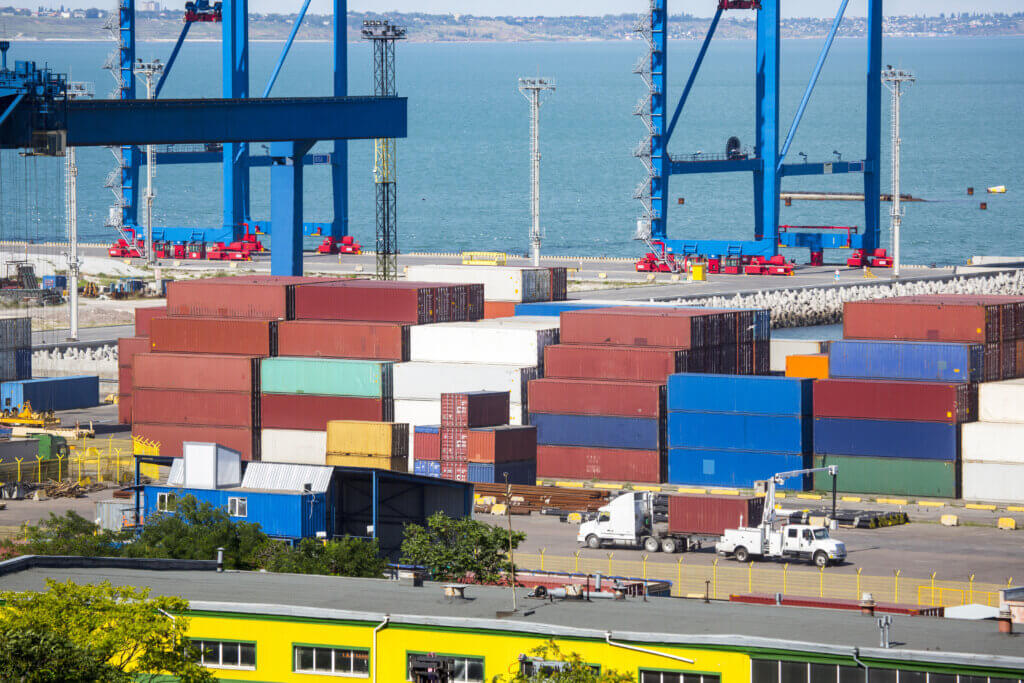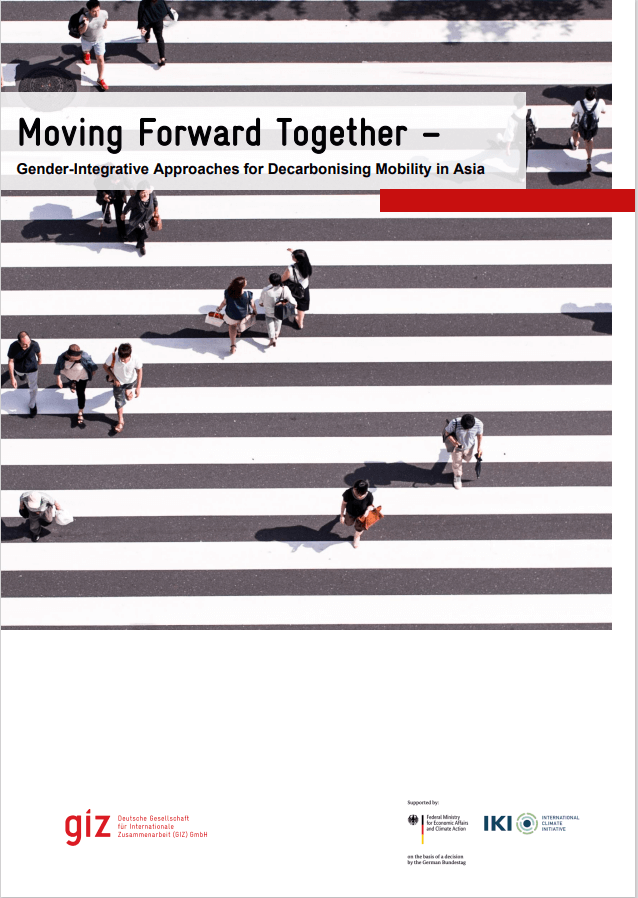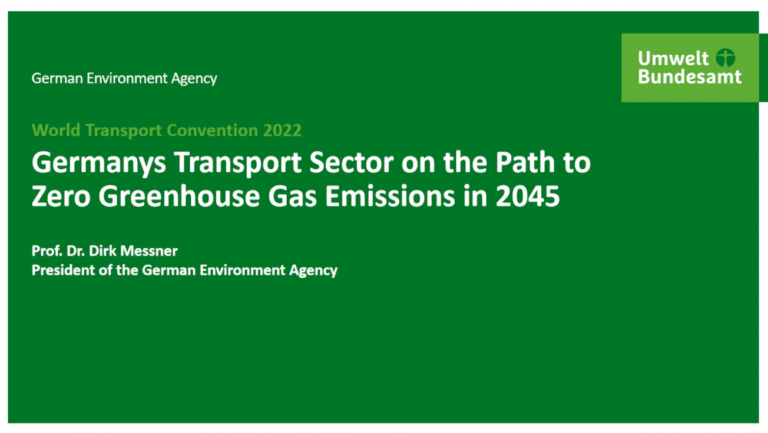Multimodal Freight Transport Hubs (MFTH) are an essential knot in in the infrastructure connectivity of China’s modern intermodal transport development. In 2016, eighteen government agencies including the MoT and NDRC have issued the “Notice on Further Encouraging the Development of Intermodal Transport,” which specifically emphasised the development of MFTH. Although there are several MFTHs in China, their development is unbalanced. Neither the MoT nor MFTH operators have a unified evaluation tool to analyse their management performance as well as their environmental impacts.
In order to further promote the development of MFTHs, improve their service quality, establish a service evaluation mechanism for MFTHs, and provide strong support for the scientific evaluation, systematic analysis, optimisation and improvement of MFTHs, this study had the following goals:
Review and assess the existing MFTH evaluation methodologies, which specifically includes evaluation indexes, weights, index calculation methods, and data sources of domestic and international MFTH evaluation methodologies.
Analyse the current situation of MFTH development in China, including: a) the development status of China’s MFTHs as a whole, including in key regions such as the Yangtze River Economic Belt, Beijing-Tianjin-Hebei and Pearl River Delta; b) relevant policies, strategies, roadmaps and measures issued by China’s national and local governments, with a view to promote and standardise the development of MFTHs; c) analysis of existing types of MFTHs in China; d) practices of MFTH operating entities, management difficulties, the need for policies and support measures stipulated by the government, as well as the extent and requirement for climate and environmental performance indicators.
On the basis of the aforementioned (1) and (2) studies, a MFTH evaluation system suitable for China’s characteristics and strategic development requirements will be developed.
Test and improve China’s MFTH evaluation system through pilot applications by applying the evaluation methodology to at least three typical MFTHs, and subsequently validate and improve evaluation methodology and implementation guidelines based on the results of this evaluation process and pilot applications. Following this step, summarise the advantages and problems in the evaluation process of a typical MFTH.
Recommend policies and measure s f o r re l e vant stakeholders, taking into account the issues identified in study step (4). These recommendations include: a) proposing policy and measure recommendations for Chinese national and local governments to improve the oversight of MFTHs by the Ministry of Transport (MOT) and other key stakeholders; b) putting forward application and operation suggestions for MFTH operators to achieve more efficient and climate-friendly operations; c) exploring the potential for the promotion and implementation of MFTH evaluation systems in China.
Key project outputs have also been reflected in the “14th Five Year Plan for the Development of Comprehensive Transport Services” under the task of “improving the comprehensive transport hub service level.”





